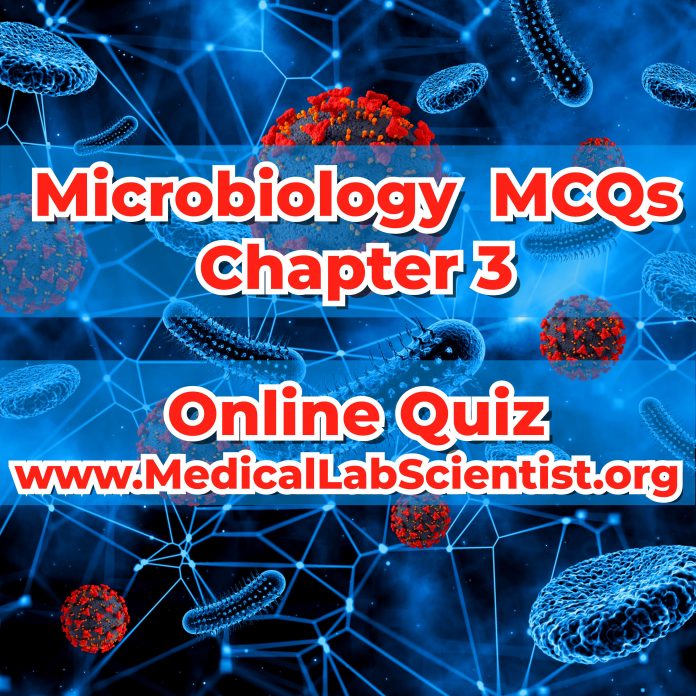Microbiology MCQs: Chapter 3
What is the primary function of the Golgi apparatus in a eukaryotic cell?
Spirochetes are characterized by their:
The process of spore formation by bacteria is called:
The process by which bacteria take up DNA from their surroundings is called:
Which of the following is a sexually transmitted viral infection?
Which of the following is a fungal infection commonly found on the skin, nails, and hair?
Which of the following is an example of a sexually transmitted bacterial infection?
Which of the following is NOT a method of viral replication?
Which of the following is an example of an obligate intracellular parasite?
The study of viruses is known as:
The process of converting organic matter into simpler compounds by bacteria is called:
Which of the following is a mode of transmission for the hepatitis C virus?
Which of the following is NOT a mode of bacterial motility?
The study of how microbial communities interact with their environment is called:
Which of the following structures allows bacteria to adhere to surfaces?
Which of the following bacteria causes food poisoning?
Which of the following is a viral disease that affects the respiratory system?
Which of the following is NOT a viral disease?
Which of the following is a bacterial infection commonly transmitted through contaminated food or water?
Which of the following is a bacterial shape characterized by a rod-like structure?
Which of the following is an example of a viral disease that primarily affects the liver?
Which of the following is NOT a component of the innate immune system?
Which of the following is a characteristic of protozoa?
The process through which a vector (e.g., a mosquito) transmits a pathogen to a host is called:
The process through which bacteria exchange genetic material is called:
The causative agent of tuberculosis is:
Which of the following is a fungal infection of the respiratory system?
The cell wall of fungi is primarily composed of:
Which of the following is a Gram-negative bacterium?
Which of the following is a viral disease that causes a red rash and high fever in children?
Complete the form below to see results
Microbiology MCQs: Chapter 3
You got {{userScore}} out of {{maxScore}} correct
{{title}}
{{image}}
{{content}}




















































